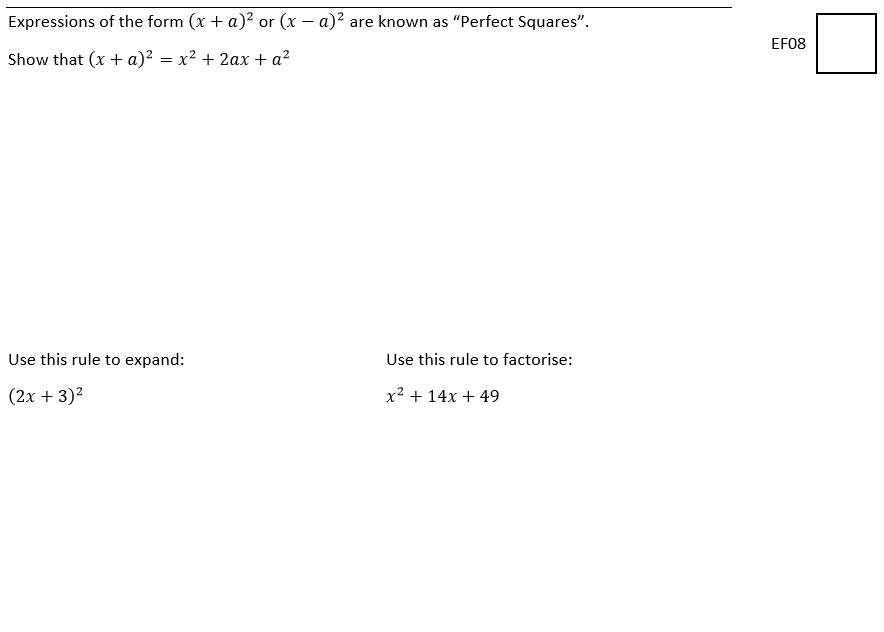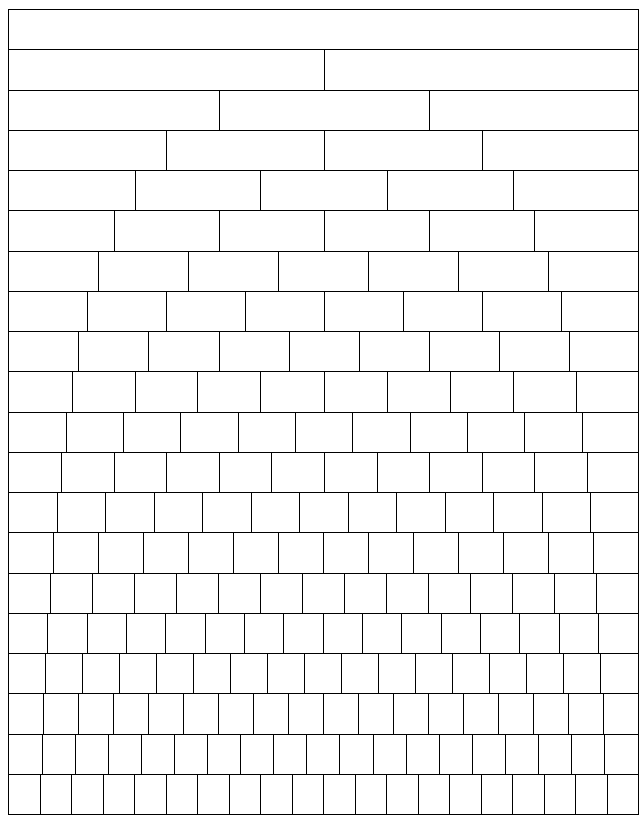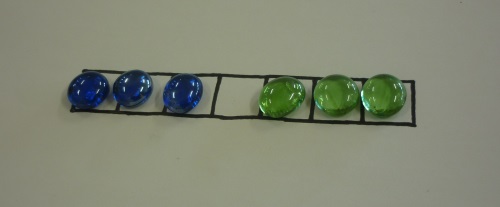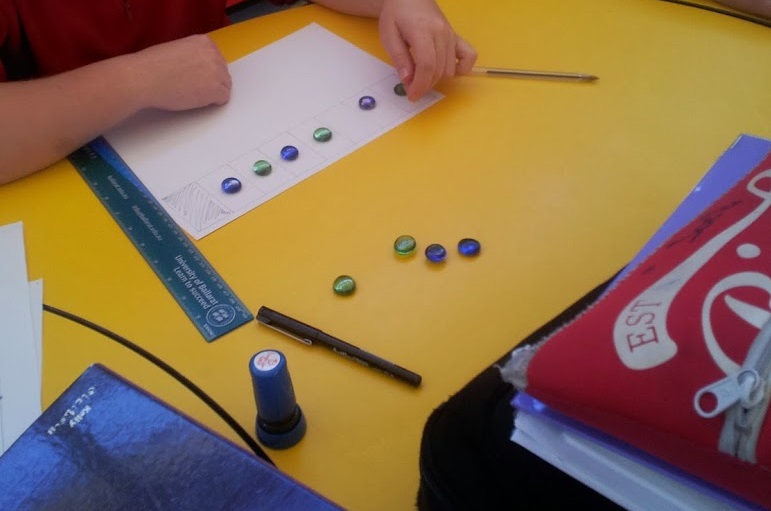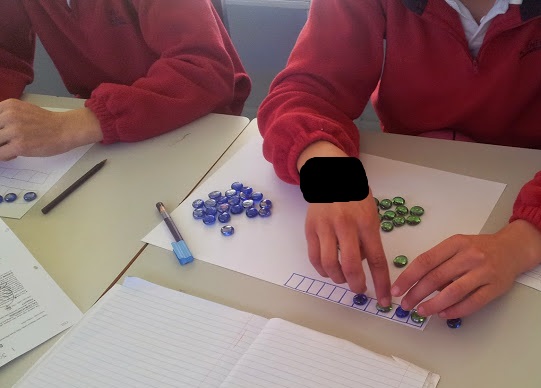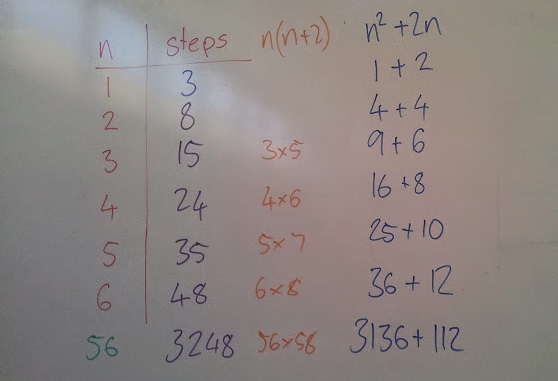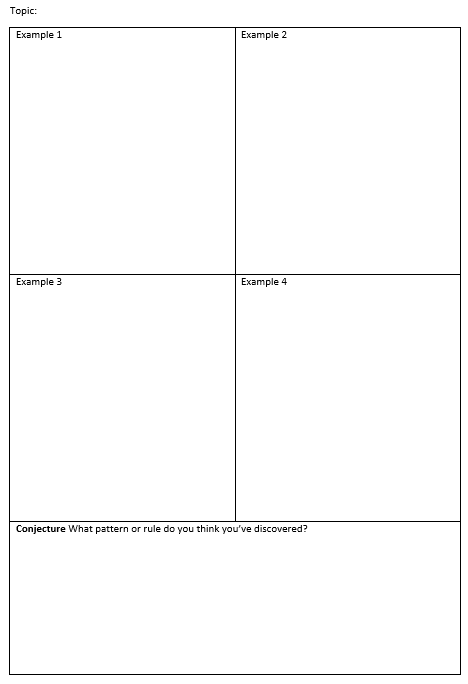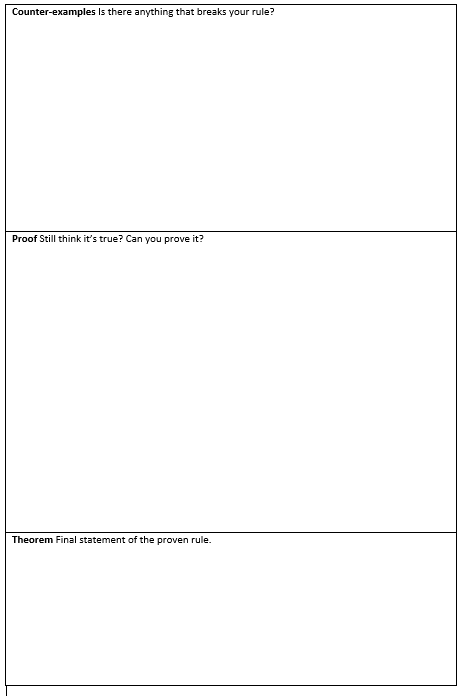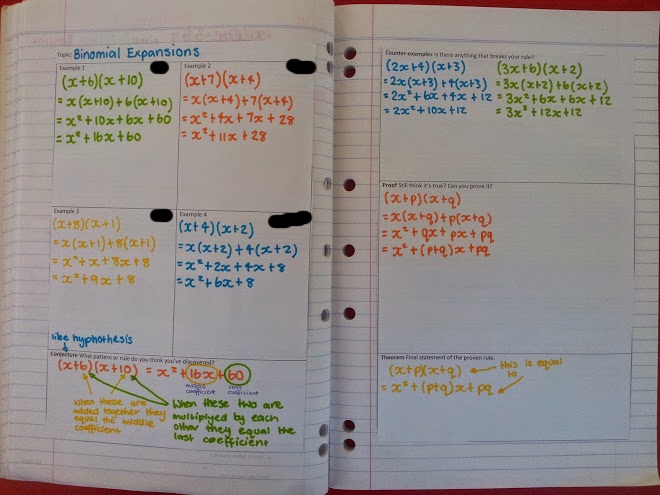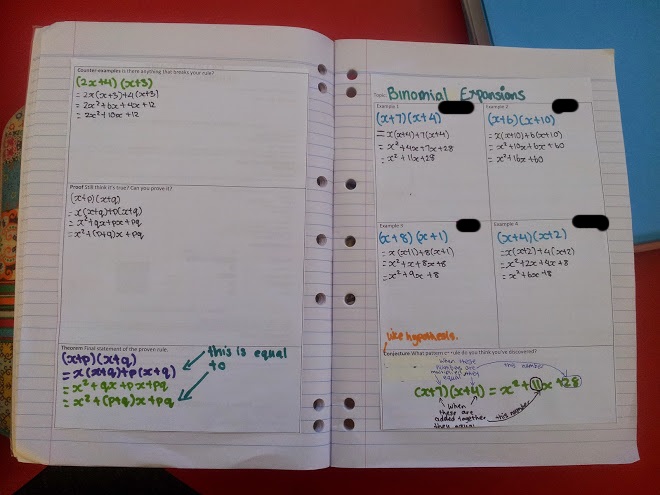As my students and I are starting to fall into the rhythm of SBG, I’m seeing benefits I didn’t predict. Though they found it a little uncomfortable at first, my students are getting their heads around the idea of seeing the quizzes as chances to show what they know, and aren’t afraid of questions they can’t do yet. Because they know there’ll be opportunities to demonstrate those skills in the furture.
Which has this side-effect: I can include questions for skills we haven’t actually covered yet. If students can’t do it, that’s fine – I explain it’s a skill we still need to learn, and they’re not bothered by it. But if it turns out they can figure it out, well, hooray!
I don’t think this is appropriate all the time – don’t worry, I’m not going to start putting calculus questions on my Year 9 quizzes. But in certain situations…
We’re still working through expanding and factorising, and I was hoping to have had covered Perfect Squares (and maybe even Differences of Squares) by the quiz we did last week. But alas, we hadn’t. I really wanted to include a Perfect Squares question on that quiz. Most of the class already had a really good understanding of using the Distributive Law, so I thought if I rewrote the question a bit to both teach and test Perfect Squares. This is what I ended up with:
I have to admit, I thought one or two students might get it if I was lucky.
But it turns out, 25% of the class had a go at it and they all pretty much got it.
I’ll repeat that in case it wasn’t clear: I set a question for a skill I hadn’t taught yet, and a quarter of my students were still able to do it. If you give students opportunities to surprise you, they’ll probably go ahead and do just that.
Now I realise that doesn’t mean I can skip Perfect Squares for these students. For starters, they haven’t shown they can recognise them apart from other quadratic expressions.
One other interesting point – all the students who got it were girls. I’m not sure what to make of that. I really think my female students are thriving under the learn-test-improve-repeat mindset that I’m trying to develop with the class. So, yay! But I’m wondering why some of my higher achieving boys didn’t even attempt the question. Maybe removing test scores has reduced the competitive motivation for some of them. As I said, I have no idea why, I’m just guessing. But it’s something I need to pay attention to.
